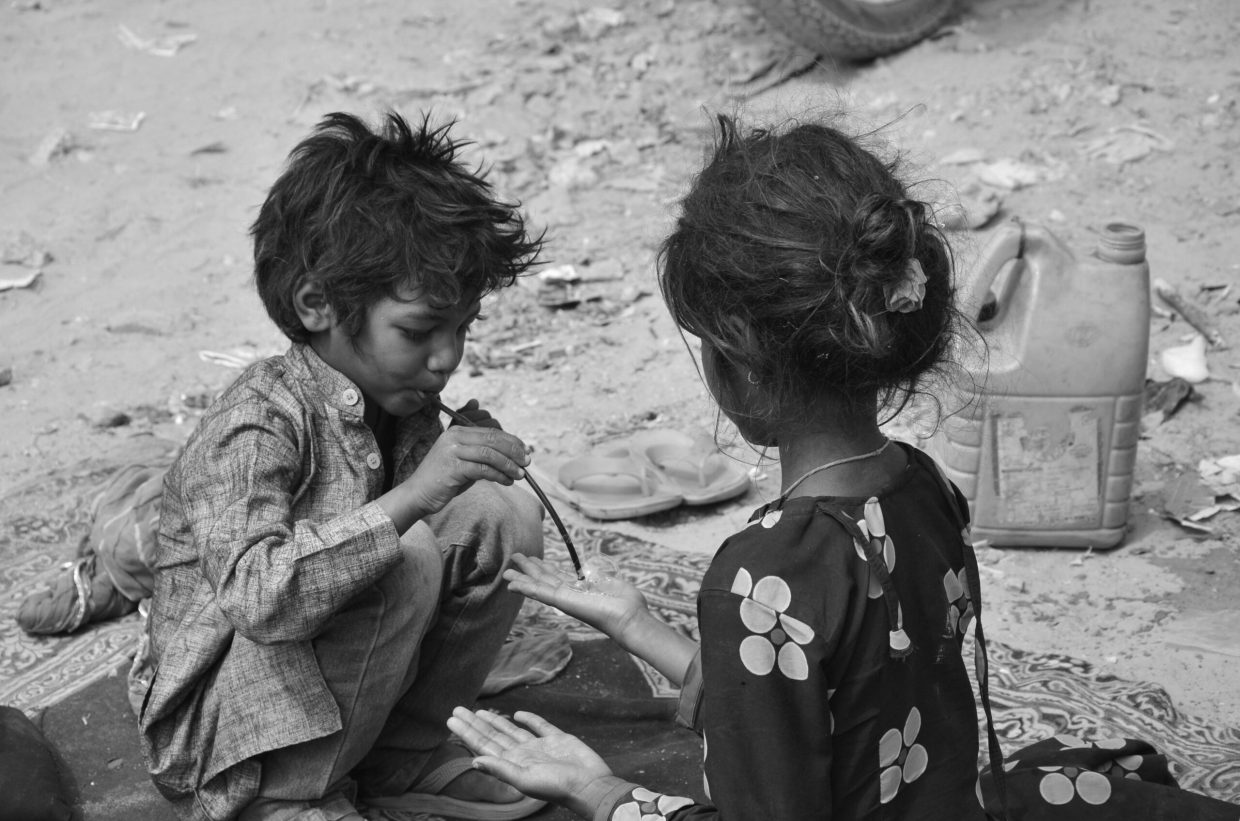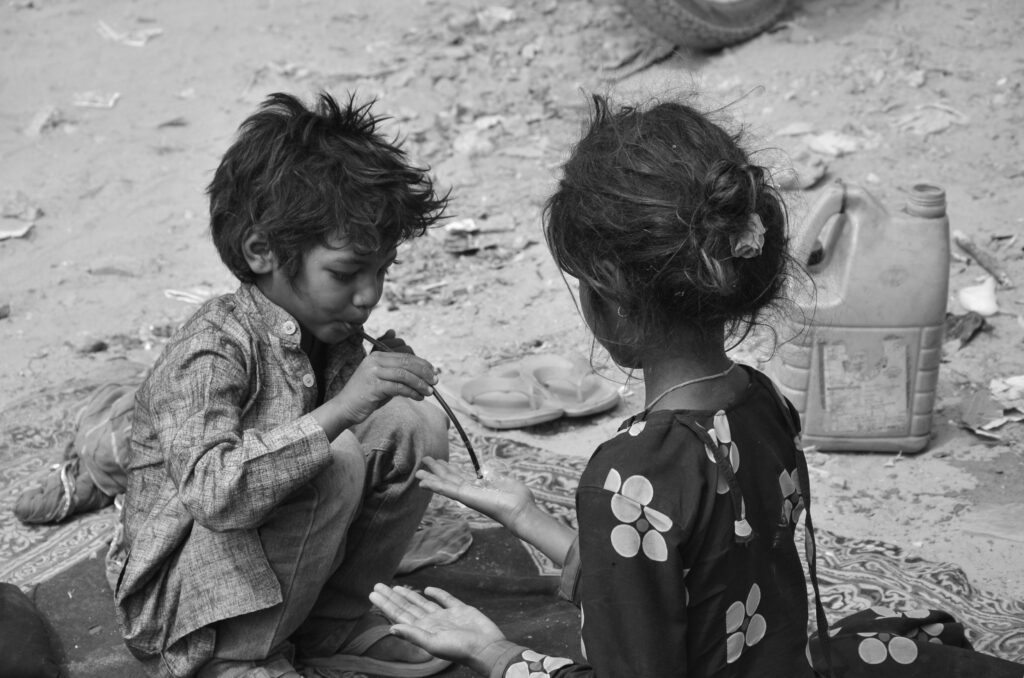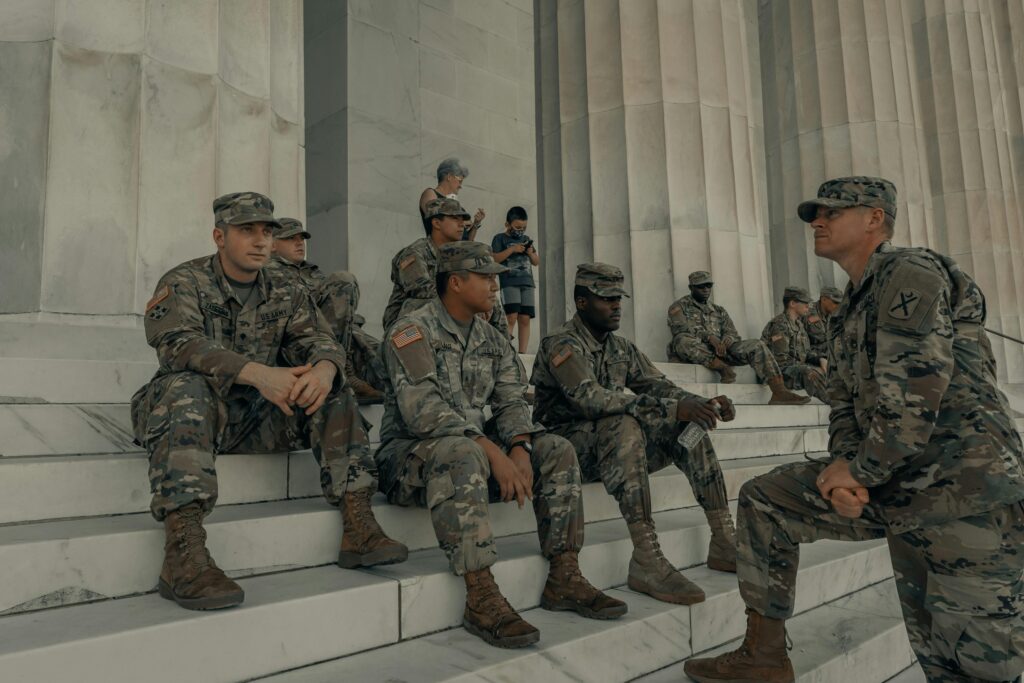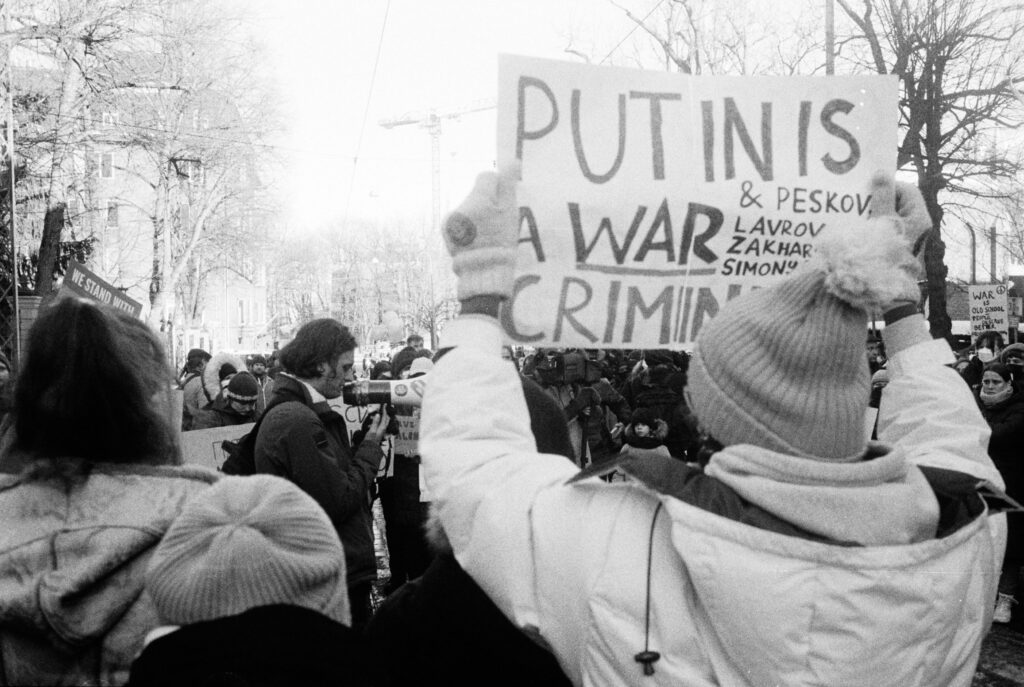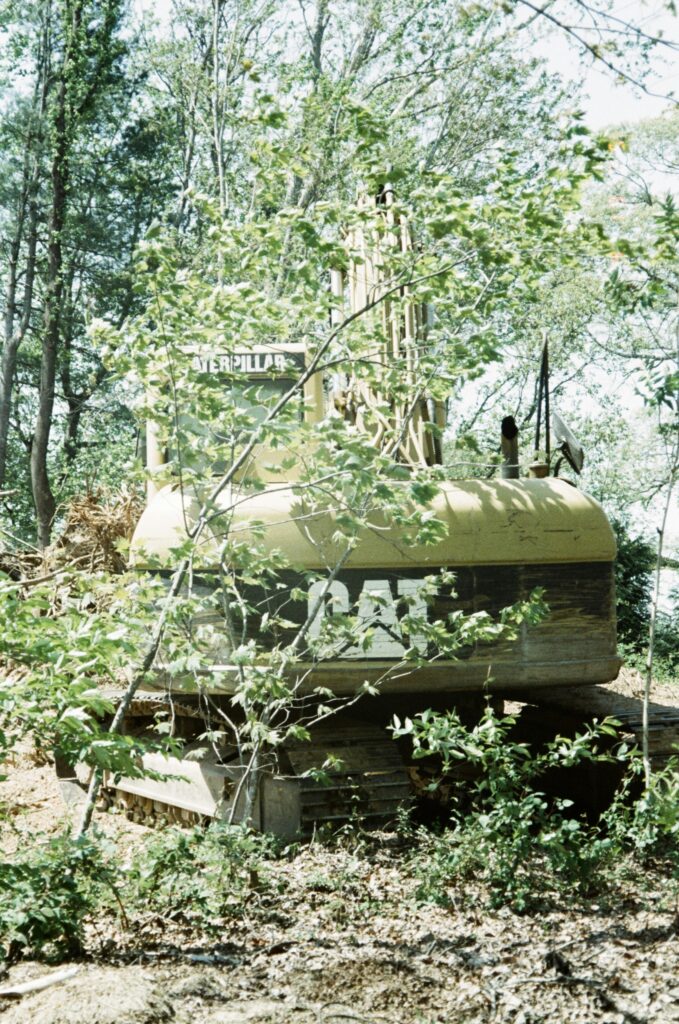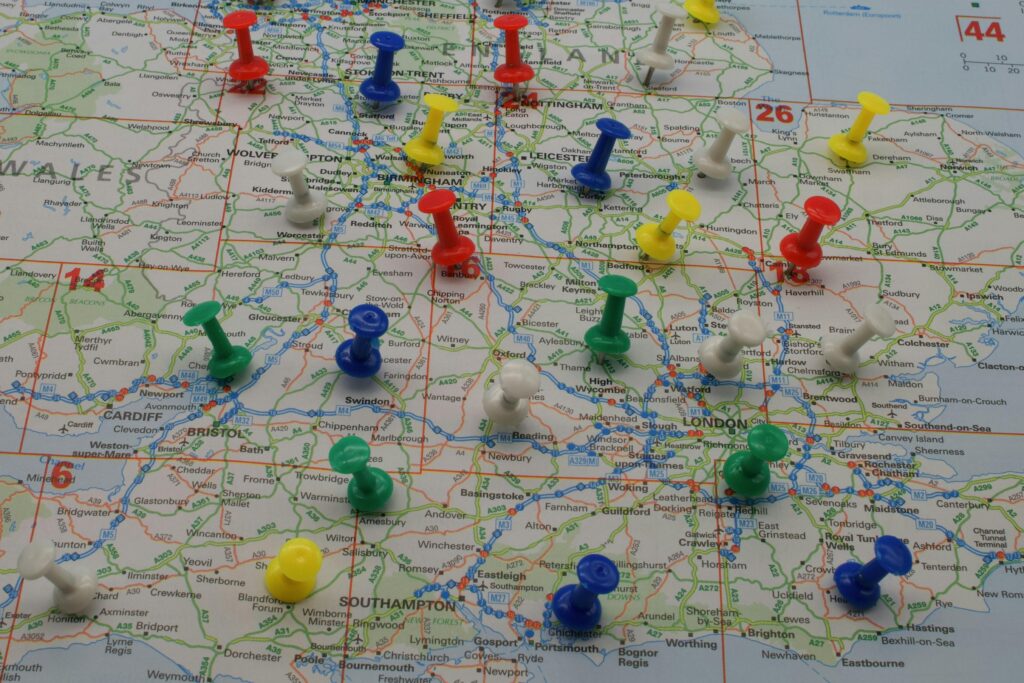War leaves deep scars—not only on those who live through it but also on the generations that follow. The children of war often inherit a complex legacy of trauma, woven into family stories and shaped by pain that’s hard to put into words. But healing doesn’t have to be a journey taken alone. In this article, we’ll explore how communities, families, and mental health advocates are coming together to support these children—helping to break the cycle and nurture hope for a brighter, more peaceful future. Let’s dive into the ways we can heal intergenerational trauma, side by side.
Table of Contents
- Understanding the Lasting Impact of War on Children and Families
- Breaking the Cycle Healing Emotional Wounds Across Generations
- Building Supportive Communities Creating Safe Spaces for Sharing and Growth
- Practical Steps for Parents and Caregivers Nurturing Resilience and Hope
- Insights and Conclusions
Understanding the Lasting Impact of War on Children and Families
War leaves scars far beyond the battleground, deeply etched into the lives of children and families who endure its aftermath. The trauma experienced by the youngest members of war-torn communities often manifests in complex emotional and psychological challenges, shaping their development and future relationships. These children may struggle with anxiety, trust, and identity, while their caregivers grapple with their own losses and the burden of protecting their families in unstable environments. Understanding these ripple effects is crucial, as it highlights the need for compassionate support systems that address both immediate relief and the intricate process of healing across generations.
Healing intergenerational trauma calls for a holistic approach that champions resilience and connection. Key elements in fostering recovery include:
- Safe spaces for open dialogue and emotional expression
- Community-based programs that rebuild social ties and cultural identity
- Access to mental health resources tailored for children and caregivers
- Educational opportunities that empower the next generation with hope and stability
By intertwining these strategies, we not only mend the broken threads of individual lives but also strengthen the fabric of communities, paving the way for enduring peace and shared healing.
Breaking the Cycle Healing Emotional Wounds Across Generations
Healing emotional wounds passed down through generations is a delicate yet transformative journey. Each family carries stories marked by survival, loss, and resilience that resonate beyond the initial experiences of trauma. Recognizing these patterns allows us to cultivate compassion, not only for ourselves but also for the ancestors whose pain was often unspoken. When we confront these inherited emotional scars, we empower future generations to embrace a legacy defined by strength and hope rather than fear and silence.
Changing this cycle requires more than awareness—it demands active, mindful practices that nurture growth and connection. Some powerful ways to begin include:
- Open conversations: Create safe spaces to acknowledge and share family histories without judgment.
- Therapeutic support: Engage with counseling or group therapy designed to address intergenerational trauma.
- Mindfulness and self-care: Develop daily practices to process emotions and build resilience gently.
- Creative expression: Use art, writing, or music as tools to explore and release deep-seated feelings.
These steps weave new threads of healing into the family fabric, allowing wounds to transform into sources of wisdom and connection.
Building Supportive Communities Creating Safe Spaces for Sharing and Growth
At the heart of healing intergenerational trauma lies the power of connection. When individuals come together in a nurturing environment, they create a foundation for empathy, understanding, and shared resilience. These communities become sanctuaries where stories, fears, and hopes can be expressed freely without judgment. Through collective listening and validation, members often find solace in knowing they are not alone in their journey. This mutual support fosters emotional safety and encourages everyone involved to explore their experiences bravely, unlocking paths toward healing that might have otherwise seemed unreachable.
To nurture these safe gatherings, it helps to cultivate certain mindful practices, including:
- Active Listening: Truly hearing each other’s stories without interruption or immediate solutions.
- Inclusive Language: Using words that honor diverse emotions and backgrounds.
- Confidentiality: Building trust by ensuring that shared experiences remain within the group.
- Empowerment through Sharing: Encouraging expression in a way that strengthens individual voices.
These intentional approaches help transform communities into powerful catalysts for growth, healing, and lasting peace – especially for those carrying the invisible wounds of war across generations.
Practical Steps for Parents and Caregivers Nurturing Resilience and Hope
Parents and caregivers hold the unique power to weave threads of strength and optimism into the fabric of their children’s lives, especially when healing from the shadows of conflict. Start by fostering a home environment where emotions can be freely expressed without judgment—this foundation of emotional safety is crucial. Implement daily rituals such as sharing highlights of the day or practicing mindful breathing together, which can ground children in the present and nurture a sense of stability. Encouraging storytelling—whether through spoken word, drawing, or play—helps children process their experiences and reframe difficult memories with agency and hope.
Building resilience also means empowering young hearts to see possibilities beyond trauma. Collaborate with your child to create a small “hope board” filled with images, affirmations, and goals that inspire and motivate. Additionally, lean on community resources and peer support groups, as connecting with others who share similar stories can reduce feelings of isolation. Remember to practice self-care as a caregiver, because your well-being directly influences your ability to model strength and compassion. Together, these intentional steps knit a safety net of hope, rooting children deeply in the belief that their futures are full of promise, not defined by their past.
- Create predictable routines to instill a sense of security
- Use creative outlets for emotional expression
- Encourage open conversations about feelings and hopes
- Connect with local support networks to build community resilience
- Practice caregiver self-care to sustain your emotional strength
Insights and Conclusions
As we’ve explored, the echoes of war don’t stop with the battlefield—they ripple through generations, shaping the lives of children and grandchildren in profound ways. But healing is possible, especially when we come together with empathy, understanding, and a shared commitment to break cycles of trauma. Whether you’re someone directly affected, a caregiver, or just a compassionate soul, remember that every conversation, every act of kindness, and every step toward connection helps mend those invisible wounds. Together, we can build a future where the children of war grow up surrounded not by fear and pain, but by hope, resilience, and love. Thanks for joining me on this journey—let’s keep the conversation going!


